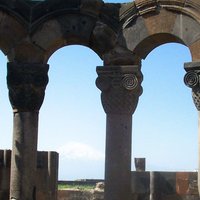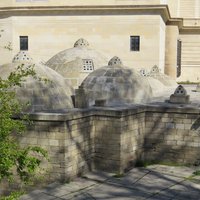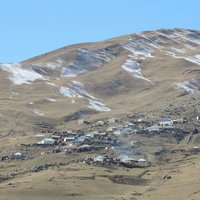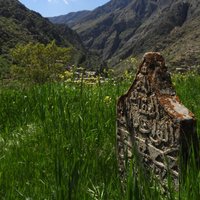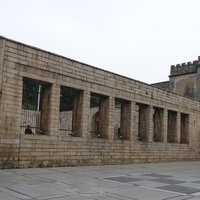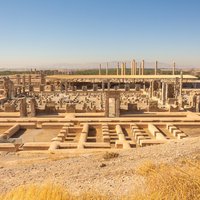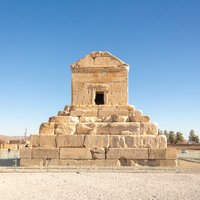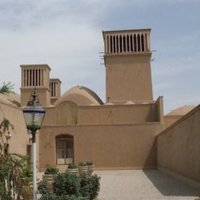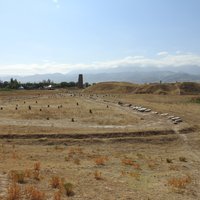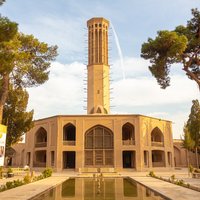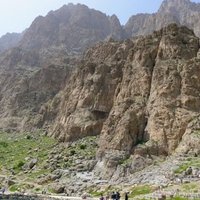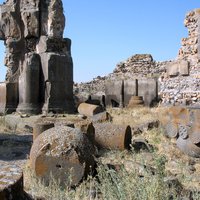Connected Sites
-
Remains of a Zoroastrian fire-altar have been found directly beneath the main altar of the Echmiadzin Cathedral
-
Two 17th century Zoroastrian fire temples
-
The main watchtower housed the Zoroastrian temple. (wiki)
-
"(...) based on Persian literature it can be concluded that Hawraman/Uramanat was a land in which sun-worshippers lived and as we know during the reign of the Achaemenid empire, Zoroastrianism was popular in the area." (Nomination file, p. 49) "Some scholars believe that the name Hawraman or Huraman has strong connections to the ancient Zoroastrian faith and claim that the name may have originated from Ahuraman or Ahura Mazda. (...) Many areas in the Avroman region are believed to have been pilgrimage sites for Zoroastrians prior to the advent of Islam."
See en.wikipedia.org
-
"Statue of Mani in Cao'an Temple - This monument is the world's only remaining stone statue of Mani, the founder of Manichaeism or Zoroastrianism, which was introduced to China around the 6th-7th centuries." (AB Ev)
-
Host of the ancient Zoroastrian festival, Norouz
-
Fire-temples have been found
-
The Jandial Temple is thought to be the remains of a Zoroastrian Temple dedicated to Ahurumazda
See www.livius.org
-
Includes the Zoroastrian district
-
citadel includes the remains of a Zoroastrian fire temple
-
the co-existence of many religions (as well as many ethnic groups) along the corridor including Zoroastrianism, the main religion of the Sogdians of Zhetysu region (AB ev)
-
Includes bas relief depicting Ardashir’s investiture by Ohrmazd, the Zoroastrian creator God. Plus remains of fire temples
-
"Symbolic of the creation of Eden as well as the four Zoroastrian elements of sky, earth, water and plants" (AB)
-
Goat Bastion was used as a Zarathustra temple (source: Diyarbakir City Guide)
-
Shows a winged figure, that is generally identified as Ahura Mazda of Zoroastrian belief (Bradt guide to Iran, 2014 edition)
-
Ruins of a Fire Temple

